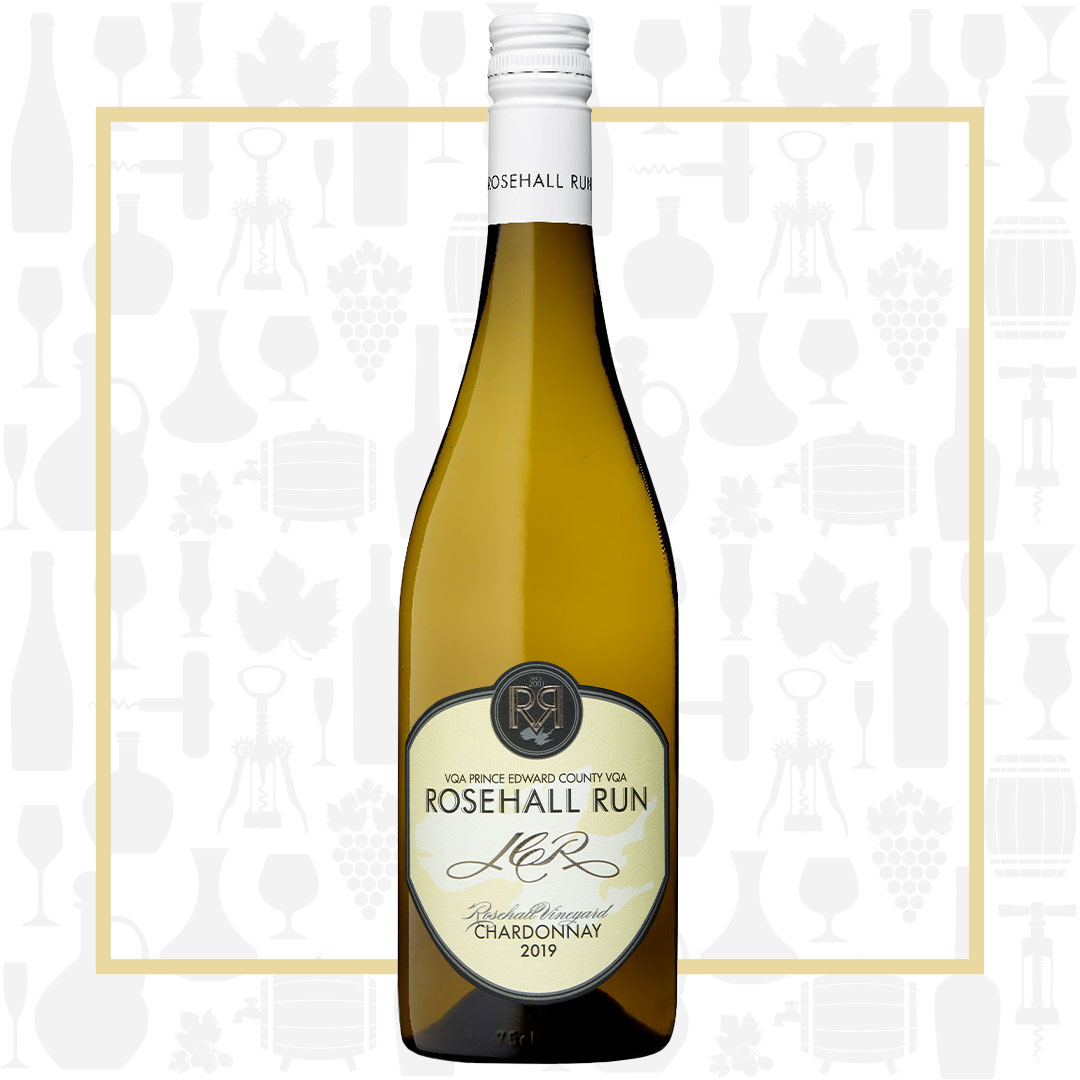Cellar Profile
Dan Sullivan of Rosehall Run has succeeded at crafting elegant PEC wines for over 20 years, focusing on highlighting the specific terroir of the County and creating some of the best examples of cool-climate Pinot Noir and Chardonnay in the world. Dan received the “Best Red Wine in Ontario” medal at the 2020 Ontario Wine Awards for his signature JCR Pinot Noir 2018. Sitting on the “Hungry Point” isthmus, surrounded by Lake Ontario on 3 sides, the vines dig deeply into the rocky, calcareous limestone soil. The long sunny days and cool evenings of the region, along with the high acid levels and low pH of the estate soils, ensure Rosehall wines are never lacking in freshness and structure. It is this kind of nervy tension that allows for the production of sublime sparkling wines, both traditional method as well as tank-fermented sparklers, including the exceedingly popular “Pixie” brand. The key to Rosehall’s success is its attention to detail in the vineyard. Sullivan believes that he simply bottles what the vineyard gives him. Yields are infinitesimally small compared to other wine regions, made smaller still by careful selection. Grapes are harvested at full phenolic ripeness, made difficult by the sometimes slow ripening and by the inherent climactic dangers of long hang times.
Region
Nestled on a peninsula on the north shore of Lake Ontario, a short drive from Kingston, the Prince Edward County wine region sits on a bed of porous limestone. This is crucial for creating the mineral, brightly acidic wines the region is known for. The vineyards benefit from breezes off of Lake Ontario, keeping the temperature down on hot summer days and cool at night. “The County” was first settled in the late 18th Century and, after years of farmland agriculture, began growing grapes in earnest by the early 2000s. 2021 was a particularly challenging harvest, as the season was marked by several long periods of drought in the summer months, with some late season periods of heavy rain. While yields ultimately proved to be quite generous, the quality of the fruit at harvest was still high. It was a vintage that rewarded patience, with a mid-October harvest, a later date than usual for these vines.
Vineyard
The land where Rosehall Run chose to establish its roots was previously known by local farmers as “Hungry Point”, where conditions were dry, winds were harsh and shallow-rooted plants did not always thrive. It turns out vinifera grapes are right at home here! The vines dig deep into the earth, gathering enough water and nutrition from the mineral-rich clay to produce ripe, concentrated fruit. Entirely grown and selected from the North Block, planted in 2001 and 2002, the JCR Chardonnay comes from selected bunches on old vines.
Winemaking
De-stemmed, gently pressed Chardonnay from select vines were transferred to stainless steel tanks for settling. Once clear, the juice was racked into 500L French Oak barrels, 30% of it new. Prior to fermentation, each barrel received different yeast treatments in order to build complexity. The wine was fermented and aged sur lie in barrel for a total of 16 months, with only periodic stirring, before racking back into stainless steel. After allowing a month for the wine to rest, it was filtered and bottled.
Varieties
Chardonnay is the world’s most famous white-wine grape and also one of the most widely planted, with the most highly-regarded expressions coming from Burgundy and California. Climate plays a major role in dictating which fruit flavours a Chardonnay will have. Broadly speaking, warm regions such as California tend to give more tropical styles. While many Chardonnays have high aromatic complexity, this is usually due to winemaking techniques (particularly the use of oak) rather than the variety’s intrinsic qualities. Malolactic fermentation gives distinctive buttery aromas. Fermentation and/or maturation in oak barrels contributes notes of vanilla, smoke and hints of sweet spices such as clove and cinnamon. Extended lees contact while in barrel imparts biscuity, doughy flavours
Tasting Notes
The nose of ripe green apple, pear and star fruit is joined by a solid whiff of toasty oak. The zippy palate is full of that signature Rosehall freshness, but the lees contact and moderate use of new oak puncheons adds a level of richness and complexity to the nervy juice. The finish is long and vanilla-infused. Chill lightly and enjoy with grilled shrimp, spaghetti carbonara or pan-seared haloumi.

